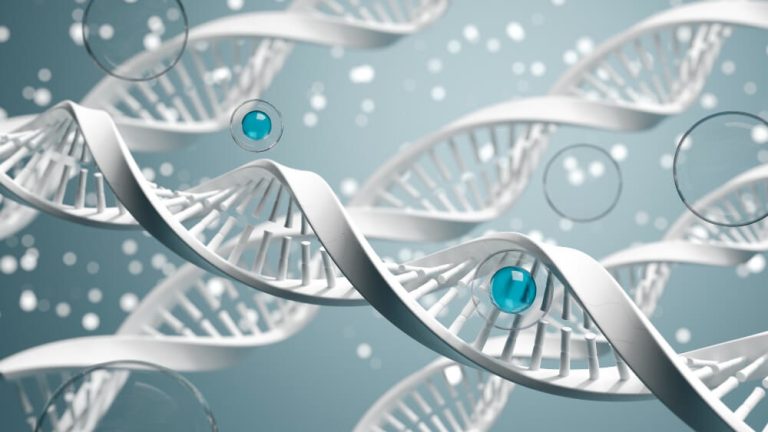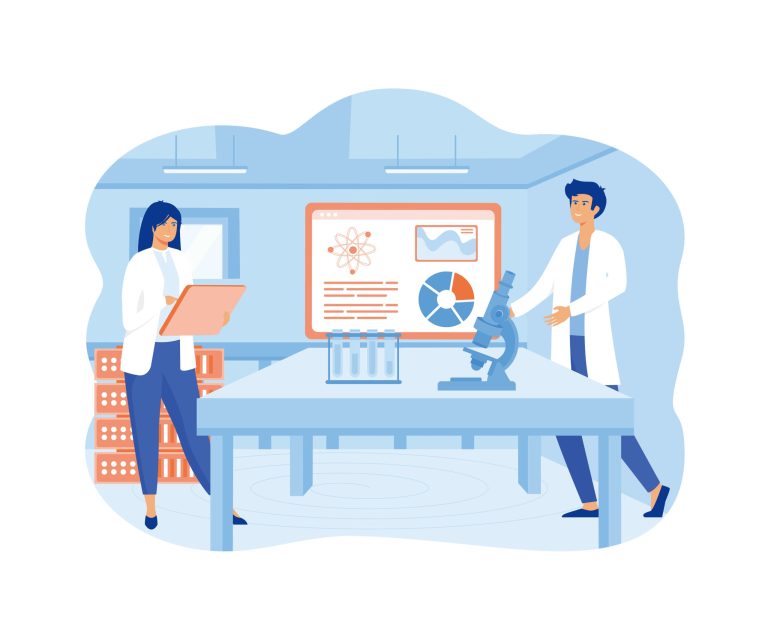Biohacking Clinic: Your Ultimate Guide to Upgrading Your Health
In our modern world, many of us are no longer satisfied with simply not being sick. We strive for more. We want to feel energized, think clearly, perform at our peak, and slow the hands of time. This pursuit of optimal human function is the very heart of biohacking, the art and science of taking control of your own biology to achieve extraordinary results.
While personal biohacking through diet and gadgets has become popular, a new frontier of professional, data-driven optimization has emerged. This is the domain of the biohacking clinic. Forget the sterile, reactive environment of a typical doctor’s office. A modern biohacking clinic is a proactive health and performance center designed to help you understand and upgrade your body from the inside out.
These advanced facilities use a combination of deep medical diagnostics, cutting-edge technology, and expert guidance to create a personalized roadmap to your best self. It is a fundamental shift from treating disease to building a more resilient, high-performing, and durable human system. This is where the future of personalized health is being built today.

What Exactly Is a Biohacking Clinic?
A biohacking clinic operates on a philosophy that is fundamentally different from traditional medicine. The conventional approach often waits for a symptom or a disease to appear and then reacts to manage it. A biohacking clinic, in contrast, is proactive. Its primary goal is to optimize your biological systems to prevent illness, enhance performance, and extend your healthspan, which is the period of your life spent in good health.
Think of it as the difference between a mechanic who only fixes your car when it breaks down and a Formula 1 engineering team that constantly tunes a high-performance vehicle. The clinic’s team analyzes every system, from your cellular energy production to your hormonal balance, to find opportunities for improvement. They are not just looking for signs of disease; they are looking for suboptimal function that could be holding you back.
This is achieved by blending the best of several fields. It incorporates the diagnostic rigor of functional medicine, the data analysis of a tech company, and the personalized support of an elite coaching service. The entire experience is built around you and your unique biological makeup. The result is a healthcare model that empowers you with the knowledge and tools to actively shape your own health journey.
At its core, a biohacking clinic is a partnership. It is a collaboration between you and a team of experts dedicated to helping you reach your full potential. They provide the data, the technology, and the strategy, while you provide the commitment to implementing the personalized plan designed to elevate your life.

Who Should Consider Visiting a Biohacking Clinic?
The clientele of a biohacking clinic is diverse, but they all share a common desire: to move beyond ‘average’ and achieve a higher state of well-being. You do not need to be an elite athlete or a Silicon Valley CEO to benefit, although many are drawn to this approach for the competitive edge it provides.
Consider the busy professional who feels a persistent brain fog and declining energy levels. Standard medical tests might come back ‘normal’, leaving them without answers. A biohacking clinic can perform deeper analytics, uncovering nutrient deficiencies, hormonal imbalances, or inflammatory markers that are impacting their cognitive performance and vitality.
Athletes, both professional and amateur, are another key group. They are constantly seeking ways to accelerate recovery, prevent injuries, and push their physical limits. Clinics can offer targeted therapies and data-driven training and nutrition plans that provide that crucial one percent advantage, helping them recover faster and perform more consistently.
Another significant group includes individuals focused on longevity and healthy aging. They are not waiting for age-related decline to set in. Instead, they are proactively using advanced diagnostics to understand their genetic predispositions and biological age. They leverage this information to implement strategies that may help slow the aging process and maintain physical and cognitive function for decades to come.
Finally, anyone who feels that something is ‘off’ with their health but cannot pinpoint the cause can find immense value. If you are tired of being told your symptoms are just stress or a normal part of getting older, a biohacking clinic offers a new path. It provides a comprehensive, whole-system investigation to uncover the root causes of your health concerns and create a targeted plan to resolve them.
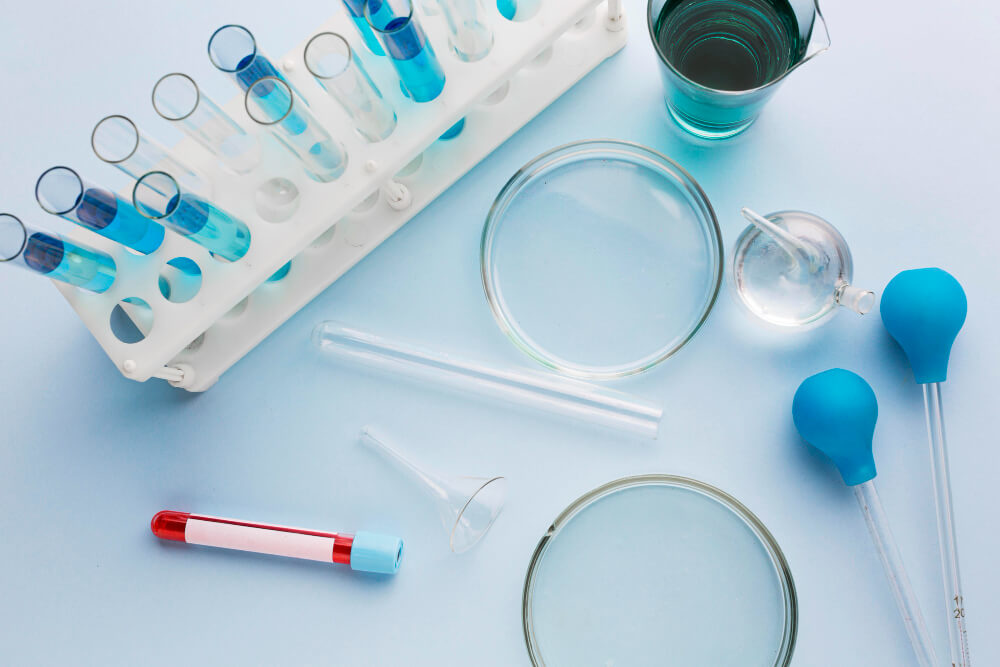
What Happens During a Visit to a Biohacking Clinic?
Stepping into a biohacking clinic for the first time is a unique experience. The process is thorough, data-centric, and highly personalized from the very beginning. It typically unfolds in a few key phases, each designed to build a complete picture of your health and create an effective optimization strategy.
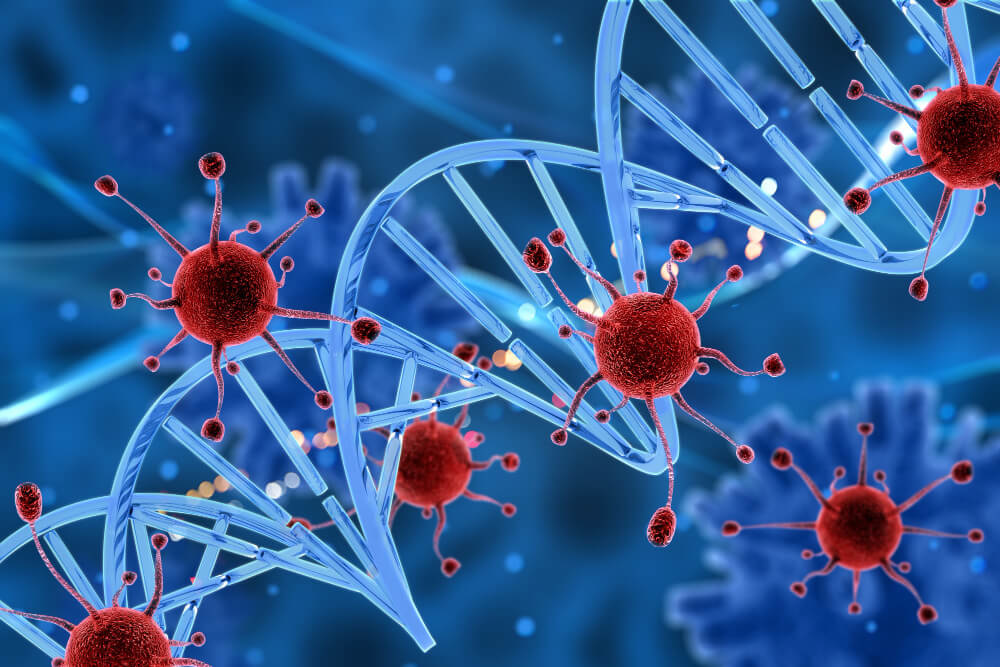
How Does the Initial Consultation and Data Collection Work?
The journey begins with a deep dive into you. This is far more than a quick chat about your symptoms. The initial consultation is an extensive exploration of your health history, lifestyle, diet, stress levels, sleep patterns, and most importantly, your personal goals. What do you want to achieve? Better focus, more energy, improved athletic performance, or graceful aging?
Following this conversation, the data collection phase begins. This is where biohacking clinics truly differentiate themselves. They go far beyond the standard blood panel you might get at a yearly physical. The diagnostic testing is comprehensive, designed to create a high-resolution snapshot of your current biological state.
This can include advanced blood work that measures a wide array of biomarkers for inflammation, hormone levels, nutrient status, metabolic function, and cardiovascular health. Genetic testing may be used to understand your predispositions and how your body processes certain foods or responds to different types of exercise. Other common tests include microbiome analysis to assess gut health and DEXA scans for precise body composition measurement.
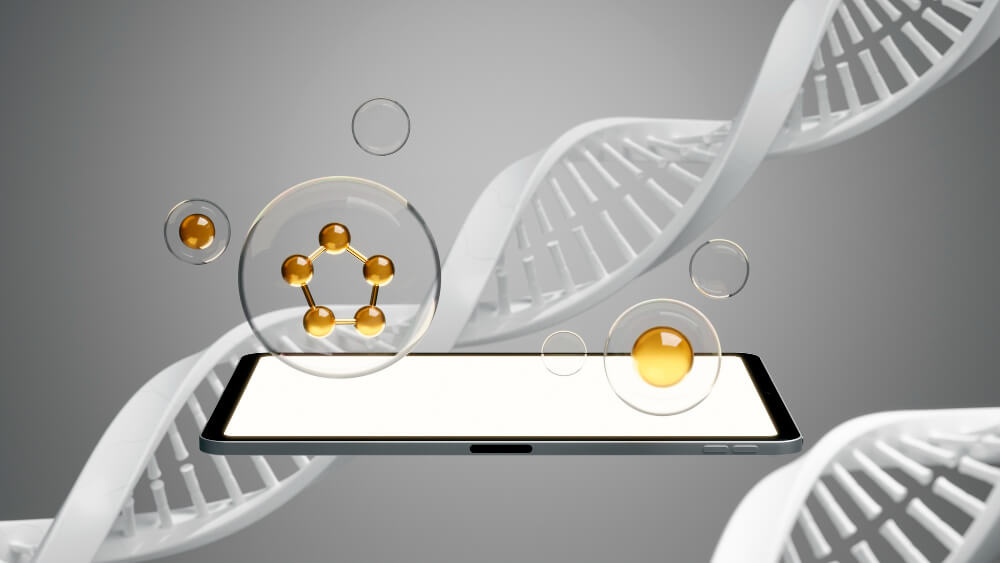
How Is a Personalized Plan Created?
Once all your data has been collected, it is not simply handed to you in a confusing report. Instead, a team of experts, which may include physicians, nutritionists, physiologists, and health coaches, analyzes the results. They connect the dots between your lab markers, your genetics, your lifestyle, and your stated goals.
This synthesis of information is crucial. It allows the team to identify the root causes of any issues and pinpoint the most impactful areas for intervention. The outcome of this analysis is a highly personalized, actionable plan. It is not a generic list of recommendations but a detailed strategy tailored specifically to your biology.
This plan is a multi-faceted protocol that addresses the key pillars of health. It will likely include precise nutritional guidelines, a customized supplement regimen to address any deficiencies, a tailored exercise program, and strategies for optimizing sleep and managing stress. The plan is explained to you in detail, ensuring you understand the ‘why’ behind every recommendation.

What about Follow-Up and Ongoing Optimization?
Your personalized plan is not a static document. Your biology is dynamic, and your health journey is an ongoing process of refinement. A critical component of the biohacking clinic model is continuous monitoring and optimization.
Follow-up appointments and regular re-testing are scheduled to track your progress and measure how your biomarkers are responding to the interventions. This allows the clinical team to see what is working and make data-driven adjustments to your plan. If a certain strategy is not yielding the expected results, it can be modified or replaced.
Many clinics also leverage wearable technology, like smart rings or continuous glucose monitors, to gather real-time data on your sleep, activity, and metabolic responses. This continuous feedback loop, combined with regular check-ins with your health coach or physician, ensures that you remain on the most effective path toward your goals. It transforms healthcare from a series of isolated events into a continuous, adaptive partnership.

What Kind of Technologies and Therapies Are Offered?
Beyond deep diagnostics and personalized plans, biohacking clinics are known for their state-of-the-art therapeutic modalities. These are not replacements for foundational lifestyle changes but powerful tools used to accelerate progress, enhance recovery, and optimize cellular function. The specific menu of services varies, but they all share the goal of creating a positive biological response in the body. Understanding the array of biohacking technologies for clinical integration helps to see how these centers achieve their results.
The selection of these tools is not random. The best clinics are committed to safety and efficacy, focusing on protocols and treatments that have a scientific basis. This commitment to evidence-based biohacking is what separates a professional medical facility from a wellness trend, ensuring that clients receive interventions that are both safe and likely to produce tangible benefits.

What Are Some Common Foundational Therapies?
Many clinics offer a set of foundational therapies that are widely applicable and support overall health and wellness. One of the most common is IV drip therapy. These intravenous infusions deliver a high concentration of vitamins, minerals, antioxidants, and amino acids directly into the bloodstream, bypassing the digestive system for 100 percent absorption. They can be customized for goals like boosting immunity, increasing energy, or enhancing hydration.
Another staple is the infrared sauna. Unlike traditional saunas that heat the air around you, infrared saunas use specific wavelengths of light to heat your body directly. This can promote detoxification through sweating, improve circulation, reduce muscle soreness, and induce a state of deep relaxation, which helps to lower stress hormones like cortisol.

What Are More Advanced Treatments?
For more targeted interventions, clinics employ a range of advanced technologies. Hyperbaric Oxygen Therapy, or HBOT, involves breathing pure oxygen in a pressurized chamber. This environment allows your lungs to gather much more oxygen than is possible at normal air pressure. This oxygen-rich blood can help fight bacteria, stimulate the release of growth factors, and promote healing in tissues throughout the body.
Whole-body cryotherapy is another popular modality. This involves exposing the body to extremely cold, dry air for a few minutes. The brief, intense cold exposure is designed to reduce inflammation, accelerate muscle recovery, and potentially boost metabolism. Many athletes use it to manage the physical stress of intense training.
Red light therapy, also known as photobiomodulation, uses specific wavelengths of red and near-infrared light to stimulate cellular function. It is believed to enhance the activity of mitochondria, the powerhouses of our cells. This can lead to benefits like improved skin health, reduced inflammation, and faster recovery from exercise.
Furthermore, many clinics focus heavily on metabolic health and weight optimization. For some patients, a comprehensive approach may be necessary. This can involve carefully combining lifestyle medicine with weight loss drugs under strict medical supervision. This integrated strategy ensures that medication is used as a tool within a larger framework of sustainable diet, exercise, and behavior change.
The entire field is constantly evolving, driven by pioneering organizations and individuals. Companies like Human Longevity Inc. are at the forefront of using genomics and AI to predict and prevent disease. Thought leaders like Ben Greenfield help translate complex science into actionable strategies for the public. Meanwhile, services like Lifeforce are making proactive health accessible through at-home diagnostics and telehealth, and clinics like Fountain Life are creating comprehensive centers for preventative and regenerative medicine.
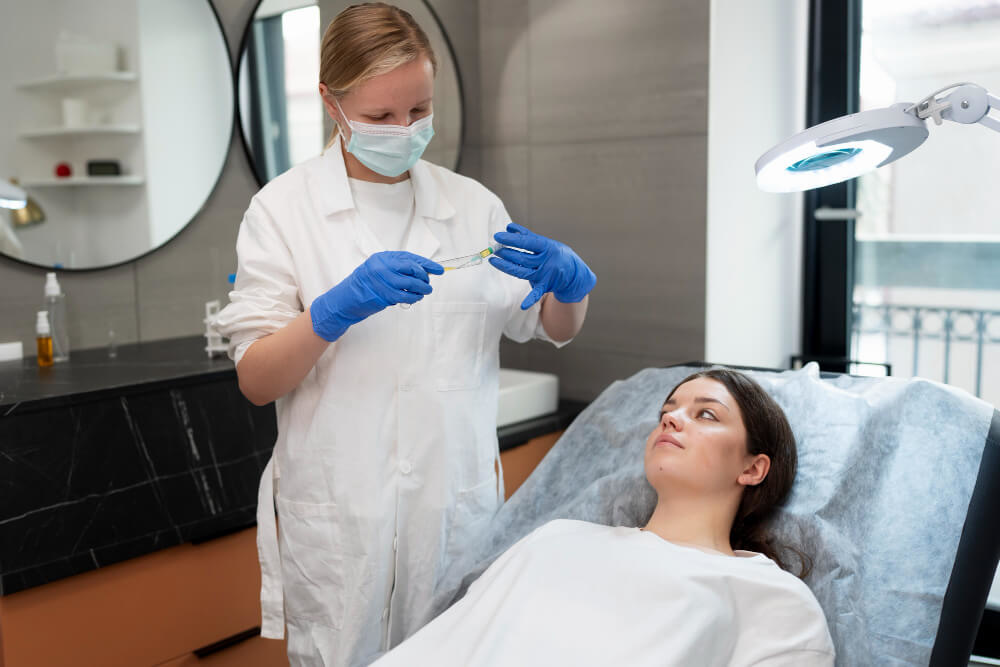
How Is This Different From My Regular Doctor?
While both a biohacking clinic and a traditional doctor’s office are staffed by medical professionals, their purpose, process, and perspective are worlds apart. Understanding these key differences can help you decide which approach is right for your current health goals.
The most fundamental difference lies in the focus. Traditional medicine is primarily a system of disease management. It is designed to diagnose and treat sickness when it occurs. A biohacking clinic, on the other hand, is a system of health optimization. Its goal is to elevate you from a baseline of ‘not sick’ to a state of peak physical and mental performance.
This difference in focus leads to a difference in data. Your annual physical might include a basic blood panel that screens for obvious signs of disease. A biohacking clinic uses deep, comprehensive diagnostics to look for subtle imbalances and suboptimal markers. They are not just checking if you are in the ‘normal’ range; they are aiming to get you into the ‘optimal’ range for your age and goals.
Your experience and the time you spend with practitioners will also be vastly different. The conventional healthcare system often involves short, rushed appointments. In a biohacking clinic, consultations are long and in-depth, allowing for a thorough exploration of your health and a detailed explanation of your plan. It is a high-touch, personalized service model.
Finally, the tools are distinct. A primary care physician’s main tools are typically prescription medications and referrals to specialists. A biohacking clinic has a much broader toolkit that includes advanced nutrition, targeted supplementation, and a wide array of therapeutic technologies designed to enhance your body’s own healing and performance mechanisms.
In essence, you see your regular doctor to fix what is broken. You go to a biohacking clinic to build a better, more resilient version of yourself.
Your health is your most valuable asset. Investing in understanding and optimizing it is one of the most powerful decisions you can make. The biohacking clinic represents a new paradigm in healthcare, one that is proactive, personalized, and empowering. It offers a path not just to a longer life, but to a life filled with more vitality, clarity, and capability. By leveraging data and technology, you can move from being a passenger in your own health journey to being the pilot, steering yourself toward your ultimate potential.
Frequently Asked Questions

What level of professional training is necessary to competently administer neurofeedback in a clinical setting?
Administering neurofeedback effectively requires specialized training that goes beyond simply operating the technology; it necessitates a deep understanding of neuroscience and clinical application. Professionals should seek certification from a recognized body, such as the Biofeedback Certification International Alliance (BCIA), which sets the industry standard. This certification process typically includes extensive didactic education, hands-on mentorship with an experienced practitioner, and the successful completion of a rigorous examination.
Beyond the initial certification, a commitment to ongoing education is crucial for maintaining competence and providing the highest standard of care. This involves staying updated on the latest research, learning new protocols, and participating in peer consultation or supervision groups. This continuous professional development ensures that clinicians can safely and effectively tailor treatment to individual client needs and troubleshoot complex cases.

Can neurofeedback be effectively combined with other therapeutic modalities like CBT or medication?
Yes, neurofeedback is often used as part of an integrative treatment plan and can be highly complementary to other therapeutic modalities. It works on a foundational, physiological level by helping the brain improve its self-regulation, which can make a patient more receptive and available for other forms of therapy. For example, by reducing anxiety or improving focus, neurofeedback can enhance a patient’s ability to engage with and benefit from cognitive behavioral therapy (CBT) or talk therapy.
When combining neurofeedback with medication, it is essential to work in close collaboration with the prescribing physician. As the brain learns to regulate itself more efficiently through training, the need for certain medications may decrease over time. Careful monitoring and communication are critical to safely manage any potential adjustments to medication dosage, ensuring a holistic and effective treatment outcome.

How should I manage patient expectations regarding the timeline and permanence of neurofeedback results?
It is vital to communicate that neurofeedback is a gradual learning process, not a quick fix, and results vary significantly between individuals based on their condition and brain plasticity. Frame the treatment as a form of exercise for the brain, where consistency is key to building new, healthier neural pathways. Help patients set realistic short-term goals, such as tracking small, incremental improvements in symptoms over the initial 10 to 20 sessions.
Regarding permanence, you can explain that the changes achieved through neurofeedback are generally long-lasting because the brain has learned a new, more efficient way of functioning. Much like learning to ride a bike, the skill becomes embedded, though some individuals may benefit from occasional "tune-up" sessions to maintain peak performance. Clearly stating that this is a learning process helps manage expectations and encourages patient commitment.
Discover the most comprehensive functional medicine training, longevity training, and biohacking certification programs designed specifically for healthcare professionals, medics, and clinic owners who want to master regenerative medicine protocols and anti-aging therapies.





